https://preop.com & https://preop.com/StoreMD Patient Engagement and Education Company Your doctor has recommended that you undergo a Dilation and Curettage, or D and C. But what does that actually mean? The uterus is part of a woman’s reproductive system. It’s the organ that contains the growing fetus. The cervix forms the neck of the uterus, and the vagina is the canal through which conception and birth take place. The endometrium is a soft lining that protects the fetus during pregnancy. Reasons for having a D and C vary. Most D and C’s are performed because the patient has complained of unusually heavy menstrual bleeding. Other common problems include, uterine infection, bleeding after sexual intercourse, incomplete miscarriage or the presence of polyps – small pieces of extra tissue growing on the inside of the uterine wall. Your Procedure: On the day of your operation, you will be asked to put on a surgical gown. You may receive a sedative by mouth and an intravenous line may be put in. You will then be transferred to the operating table. To perform a D and C, your doctor needs unobstructed access to your uterus, so your feet will be raised, separated and placed in canvas slings – holding your legs in a position much like that position used during a routine gynecological exam. To begin, the genital area is swabbed with an antiseptic solution and sterile towels are draped around until only the vulva is exposed. Then the surgeon will use a gloved hand to conduct a vaginal examination and will check the size and location of the uterus by pressing on your lower abdomen. A metal or plastic vaginal speculum is used to gently expand the vagina and allow access to the cervix. Once the cervix is visible, a forcep is used to grasp the front lip of the cervix – causing the uterus to open a little. Using a blunt-tipped probe, the surgeon carefully measures the length of the uterus and takes a small sample of tissue from the cervical canal. Next, the surgeon will dilate, or open the cervix, using a series of progressively larger metal rods called dilators. When the cervix has expanded sufficiently, the doctor will use a spoon-shaped instrument called a curette to gently scrape out the lining of the uterus. In some cases, surge When the entire lining of the uterus has been removed, the instruments are withdrawn. The tissue removed will then be sent to a laboratory for analysis. Patient Engagement and Education Company
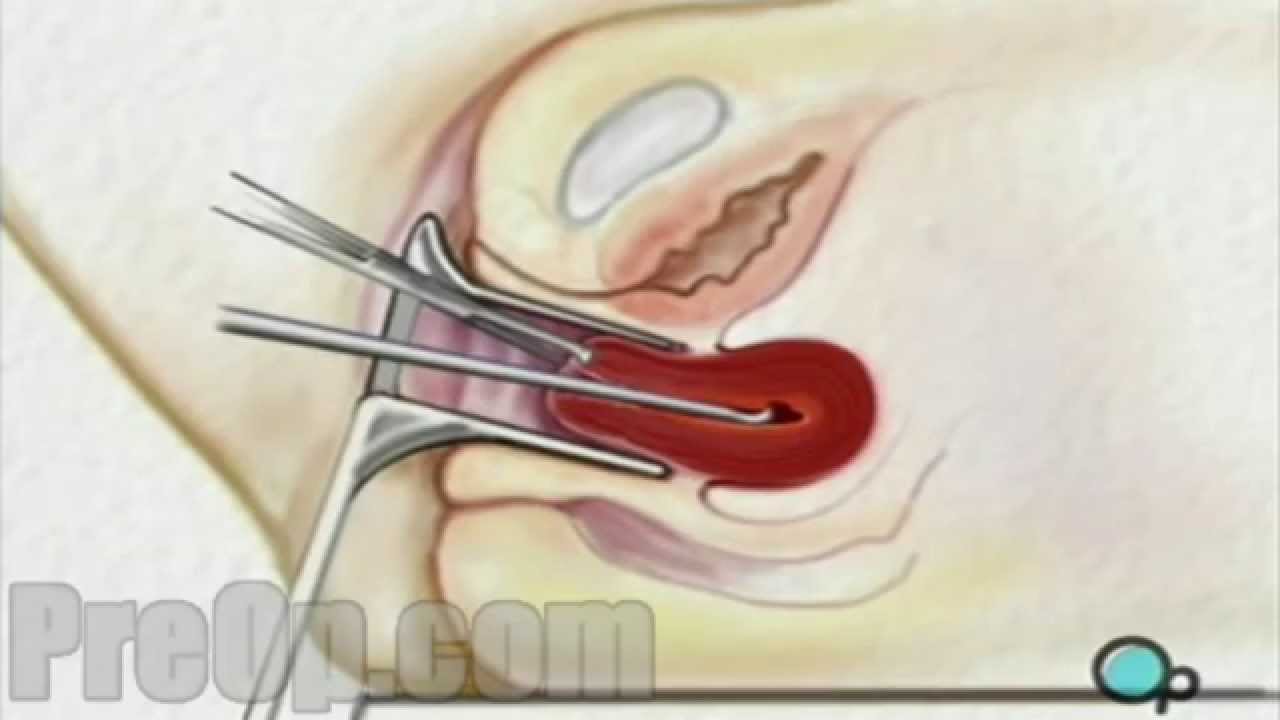
Obstrics Surgeries Video – 4
- Post author:
- Post published:May 16, 2021
- Post comments:0 Comments
You Might Also Like

How to Do the Overhead Shoulder Press | Arm Workout

Zumba Dance Workout for weight loss

Resultado do Orlistat

Liver Damage – 11 Warning Signs

Swedish Massage Video – 3

Lifestage Nutrition Video – 1

Complete Blood Count with Normal Values

Barbell Shrug – upper back exercise correct form

Fat Loss, Weight Loss Video – 21

Sports Nutrition Video – 5

Glutamine Side Effects – Is Glutamine Really A Safe Supplement For Building Muscle?
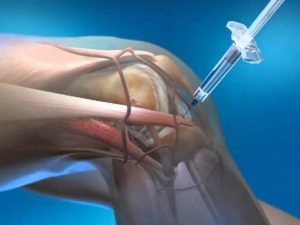
euflexxa knee injection animation

Dumbbell Flyes : The Best Chest Exercises

Tips For Choosing Best Protein Powder For Women

Muscle Building Workout & Squats Video – 10

How to do Standing Bicep Cable Curl exactly – Biceps Workout

Pre diabetes Symptoms Explained By Dr.Berg

Meal Prep Shopping List for Fat Loss

Shawn Rhoden’s Overhead Dumbbell Tricep Extension
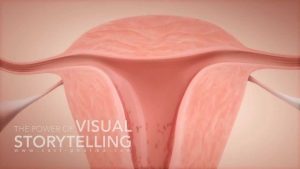
Emergency Contraception Mode of Action Animation
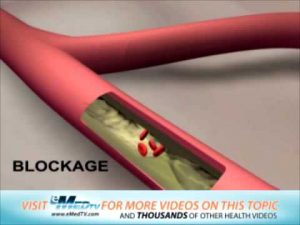
Effects of High Blood Pressure

Dumbbell Shoulder Press – Shoulder Exercise – Bodybuilding.com

What is BMI & How to calculate it..!!

Muscle Building Workout & Squats Video -46

Upper Back Dumbbell Row.MOV

Robotics Surgeries Video – 4

Cool Down

Hunter Labrada’s Middle & Rear Delt Workout

Tennis Video – 1

Circuit Training – Large Group in Small Space
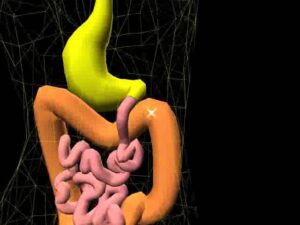
Digestive system 3D

HONEST Product Review – Scivation Xtend BCAA | BeerBiceps Supplement Review

Dynamic training – 7 back exercises

Nutrition – Simple Guide To Any Body Transformation | Furious Pete

Ayurvedic lifestyle to deal Epilepsy | – Dr. Advait Kulkarni | Doctors’ Circle

HOW INSULIN WORKS – Science of WEIGHT LOSS

Nutrition 101: Macronutrient Set Up Guide (5 Minutes or Less)

The Best Aerobic Exercise for Arthritis – The Basic Jog

What is living kidney donation and can I be a kidney donor?
Latissimus Dorsi Bent Over Row-9

General Surgery Video – 5

